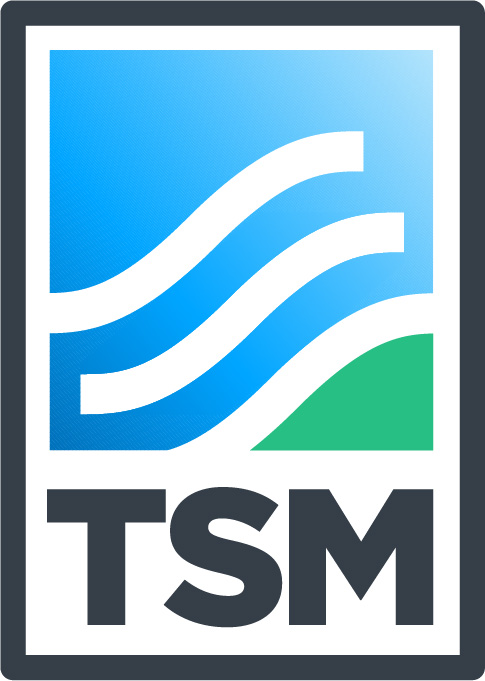Responsible management of tailings is an important focus of MAC and its members.
Tailings are a by-product of mining, consisting of the processed rock or soil left over from the separation of the commodities of value from the rock or soil within which they occur. If not managed responsibly, tailings can pose potential risks to human health and safety, the environment, infrastructure, and to mining companies themselves. Responsible tailings management is essential to minimizing and mitigating these risks.
MAC has played a leading role in tailings management for more than two decades. Tailings management is integral to the Towards Sustainable Mining (TSM) initiative. Since the first edition of the Tailings Guide in 1998, the tailings management component of TSM has continued to evolve and improve, reflecting experience gained, improved knowledge, and the global evolution of best practices for responsible tailings management.
(Click to enlarge)
For information about the tailings management component of TSM, click here.
For information on how the tailings management component of TSM compares to the Global Industry Standard on Tailings Management (GISTM), click here.

